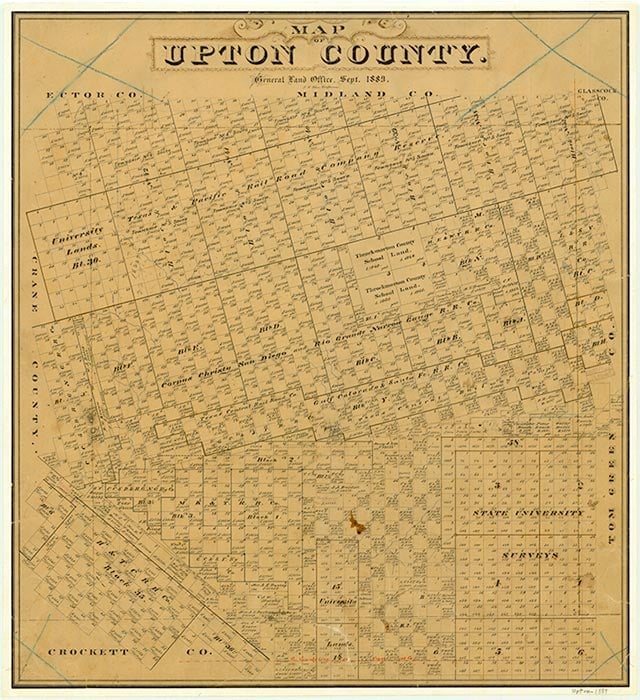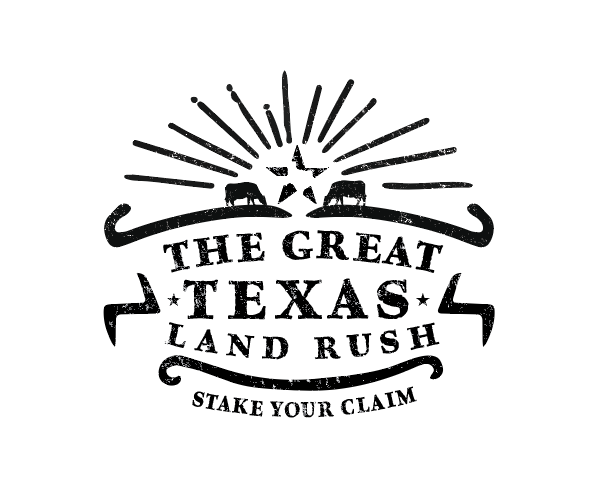McCAMEY

McCamey, on U.S. Highway 67 five miles east of the Pecos River in southwestern Upton County, developed almost overnight as a result of the discovery of oil nearby. In September 1925 wildcatter George B. McCamey brought in Baker No. 1. A Corpus Christi real estate firm, Burleson and Johns, with Lon McKinney, a man named Brooks, Taylor Emerson, and A. W. Carruthers, organized the original townsite company the day after the well came in. The town grew from a siding established on the Kansas City, Mexico and Orient Railway to supply the new field. George Port, land agent for the railroad, named the town. By 1926 seven major oil companies had leases in the surrounding area. A post office was established on March 5, 1926, and the town was incorporated on December 27 of that year. Within six months a dusty tent and frame city of 10,000 people had arisen, and the McCamey Tri-County Record, the town's first newspaper, had been founded by W. D. Riser. The early years in McCamey were filled with the typical boomtown problems of disorder and lawlessness associated with such rapid growth. The McCamey oilfield had two significant distinctions. One was the unsuccessful attempt in 1928 by the Shell Oil Company to build a mammoth storage reservoir to hold the surplus oil until pipelines to Houston refineries could be constructed. The huge earthen tank had concrete liners designed to hold a million barrels of oil, but the weight of the crude oil was too great for the underlying limestone. Cracks developed, and the tank began to leak. No solution could be found, and the project was abandoned in 1929. The McCamey field also had one of the first refineries in West Texas, operated by Humble Oil Company (see EXXON COMPANY, U.S.A.) from 1927 until 1932. The McCamey Independent School District was established in 1927. A high school and an elementary school building were completed by 1930. By 1932 the community had declined considerably in population due to a combination of the Great Depression, oil discoveries in East Texas, and production changes in the West Texas fields. By 1940 the population had shrunk to 2,600. McCamey has remained an oil-producing town, with several large pipelines and storage tank facilities in the area. Its businesses supply the surrounding oilfields and ranching territory. The 1980 census listed a population of 2,436. In 1984 McCamey had seventy businesses, several churches, a bank, a newspaper, a public library, and a museum. The Mendoza Trail Museum, named for Juan Domínguez de Mendoza, a Spanish explorer who passed through West Texas, opened in 1966. In 1990 the population was 2,493. The population dropped to 1,805 in 2000.
James Collett | © TSHA

Adapted from the official Handbook of Texas, a state encyclopedia developed by Texas State Historical Association (TSHA). It is an authoritative source of trusted historical records.

- ✅ Adoption Status:
Belongs to
McCAMEY is part of or belongs to the following places:
Currently Exists
Yes
Place type
McCAMEY is classified as a Town
Location
Latitude: 31.13259370Longitude: -102.22013000
Has Post Office
Yes
Is Incorporated
Yes
Population Count, 2021 View more »
1,825
